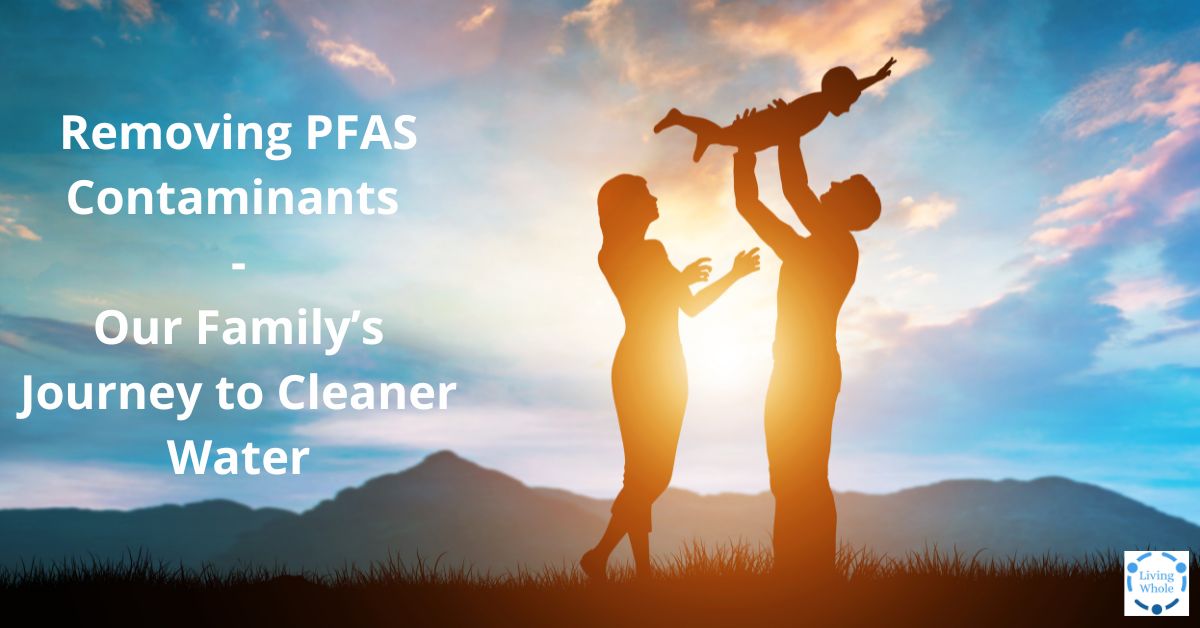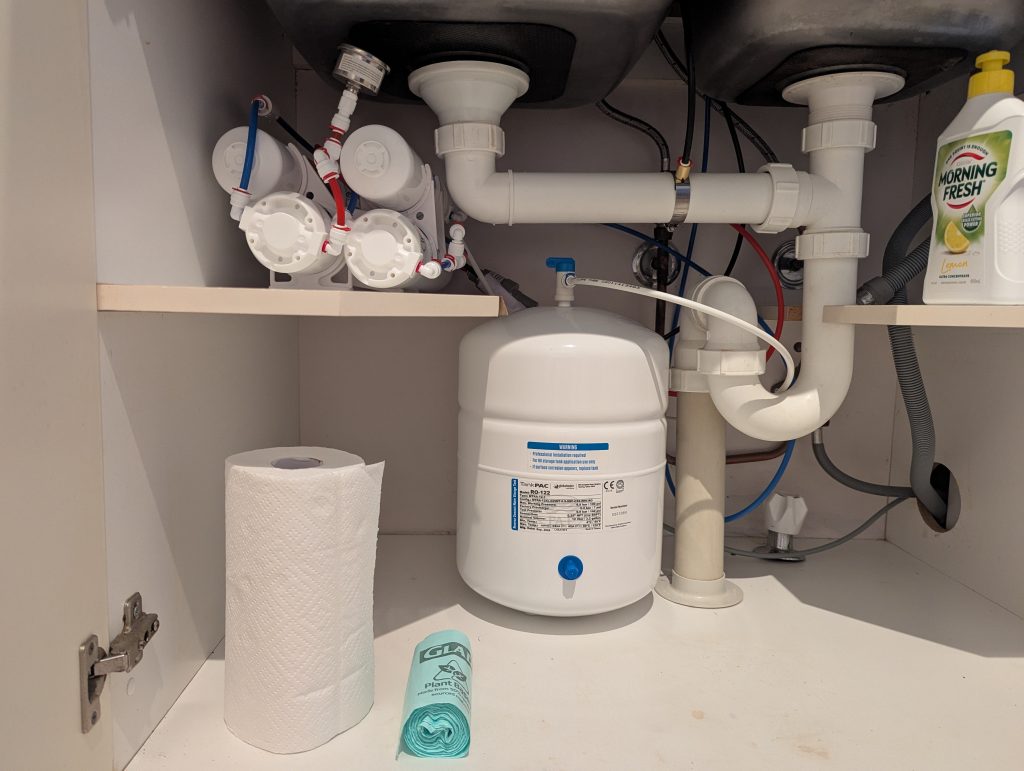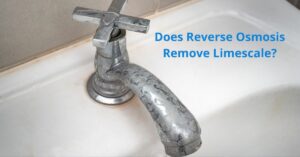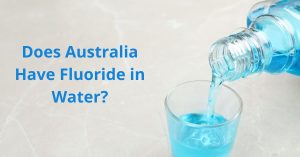
Removing PFAS Contaminants: Our Family’s Journey to Cleaner Water
Like many Australians, our family was shocked when the Sydney Morning Herald exposed the PFAS scandal in 2024. Reports revealed that these “forever chemicals” had contaminated water supplies across the country, linked to firefighting foams and industrial waste. Suddenly, the safety of our tap water was in question and we knew we had to take action.
At the time, we were using a benchtop water filter with carbon, thinking it was enough. But as we dug deeper, we realised that standard carbon filters might not fully remove PFAS. That’s when we switched to a reverse osmosis drinking water filter. A decision that gave us peace of mind.
If you’re wondering how to protect your family from PFAS, you’re not alone. Let’s break down what these chemicals are, why they’re dangerous, and, most importantly, what is the best way to remove PFAS?
What Are PFAS, and Why Are They Dangerous?
PFAS (per- and polyfluoroalkyl substances) are synthetic chemicals used in everything from non-stick cookware to waterproof fabrics. They’re nicknamed “forever chemicals” because they don’t break down easily, lingering in the environment—and our bodies—for years.
Studies have linked PFAS exposure to serious health risks, including:
– Hormone disruption
– Increased cancer risk
– Immune system effects
– Developmental issues in children
When news broke about PFAS contamination in Australian water supplies, it was a wake-up call. We couldn’t rely on authorities, we needed a home water filter that actually worked against these toxins.
What Is the Best Way to Remove PFAS?
Not all water filters are created equal when it comes to PFAS. Here’s what we learned:
1. Activated Carbon Filters (Limited Effectiveness)
Many home water filters use activated carbon, which can reduce some PFAS, but not all. While carbon is great for removing chlorine and bad tastes, its effectiveness against PFAS depends on the type and contact time. Our old benchtop filter wasn’t cutting it.
2. Reverse Osmosis: The Gold Standard
After researching, we discovered that reverse osmosis (RO) drinking water filters are among the best water filters for PFAS. RO systems force water through a semi-permeable membrane, trapping up to 99% of contaminants, including PFAS.

We installed an under-sink reverse osmosis system, and the difference was clear. Not only did it remove PFAS, but it also improved the taste and purity of our water. If you’re serious about filtering forever chemicals, RO is the way to go.
3. Ion Exchange Resins (Another Option)
Some advanced filters use ion exchange resins, which swap harmful ions (like PFAS) for harmless ones. These can be effective but are often found in more specialised systems.
Our Switch to Reverse Osmosis
Making the switch wasn’t just about fear, it was about taking control. Here’s why we chose reverse osmosis:
– Proven PFAS removal (most studies show 90-99% reduction).
– Better-tasting water (no weird aftertastes).
– Multi-stage filtration ( removes other contaminants like heavy metals).
Yes, RO systems produce some wastewater, but for us, the trade-off was worth it. We also added a remineralisation stage to restore healthy minerals, making our water not just safe, but delicious.
Protecting Your Family
The PFAS scandal was a stark reminder that water quality isn’t something to take for granted. If you’re considering a home water filter that removes PFAS from every faucet in your house, do your research. Look out for reputable certification that confirm reliable PFAS removal.
Are you looking for the best water filter for PFAS? Here’s our advice:
– Prioritise reverse osmosis if PFAS is a concern.
– Check certifications (look for NSF/ANSI standards).
– Maintain your system and replace filters as recommended.
Our family sleeps easier knowing our water is clean. If you’re on the fence, don’t wait! Your health is worth the investment.




